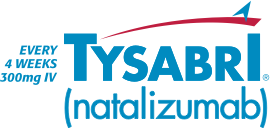POOR PROGNOSIS MAY REQUIRE DECISIVE ACTION
- MS is the most common inflammatory neurologic disease in young adults1
- Cumulative effects of disease activity incurred early in the disease course may lead to progressive disease and long-term neurologic damage2
